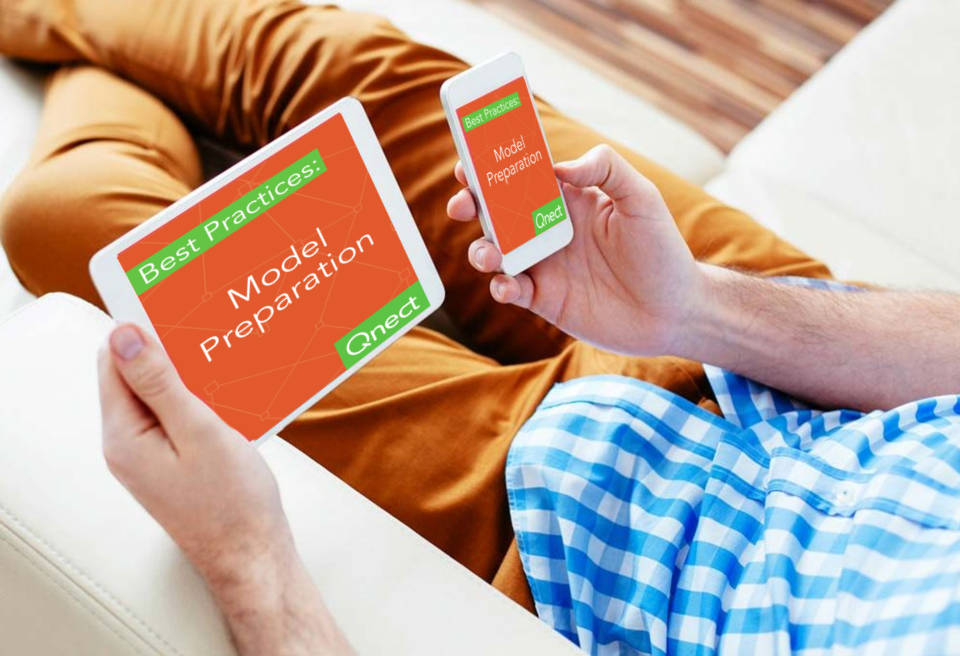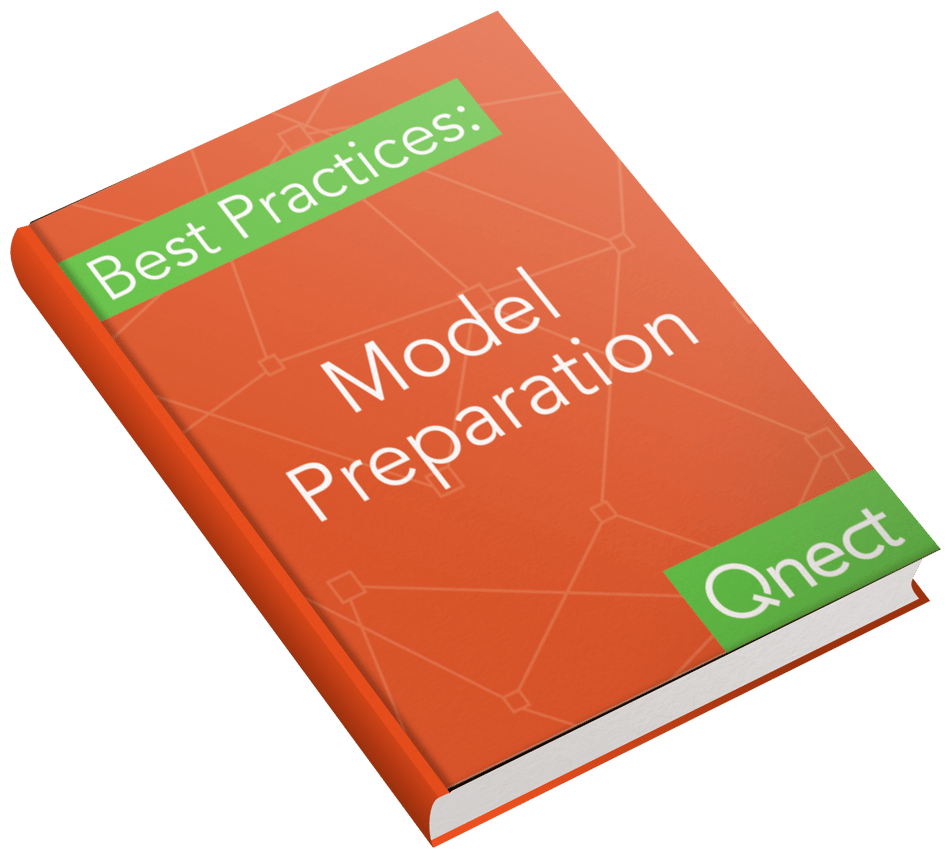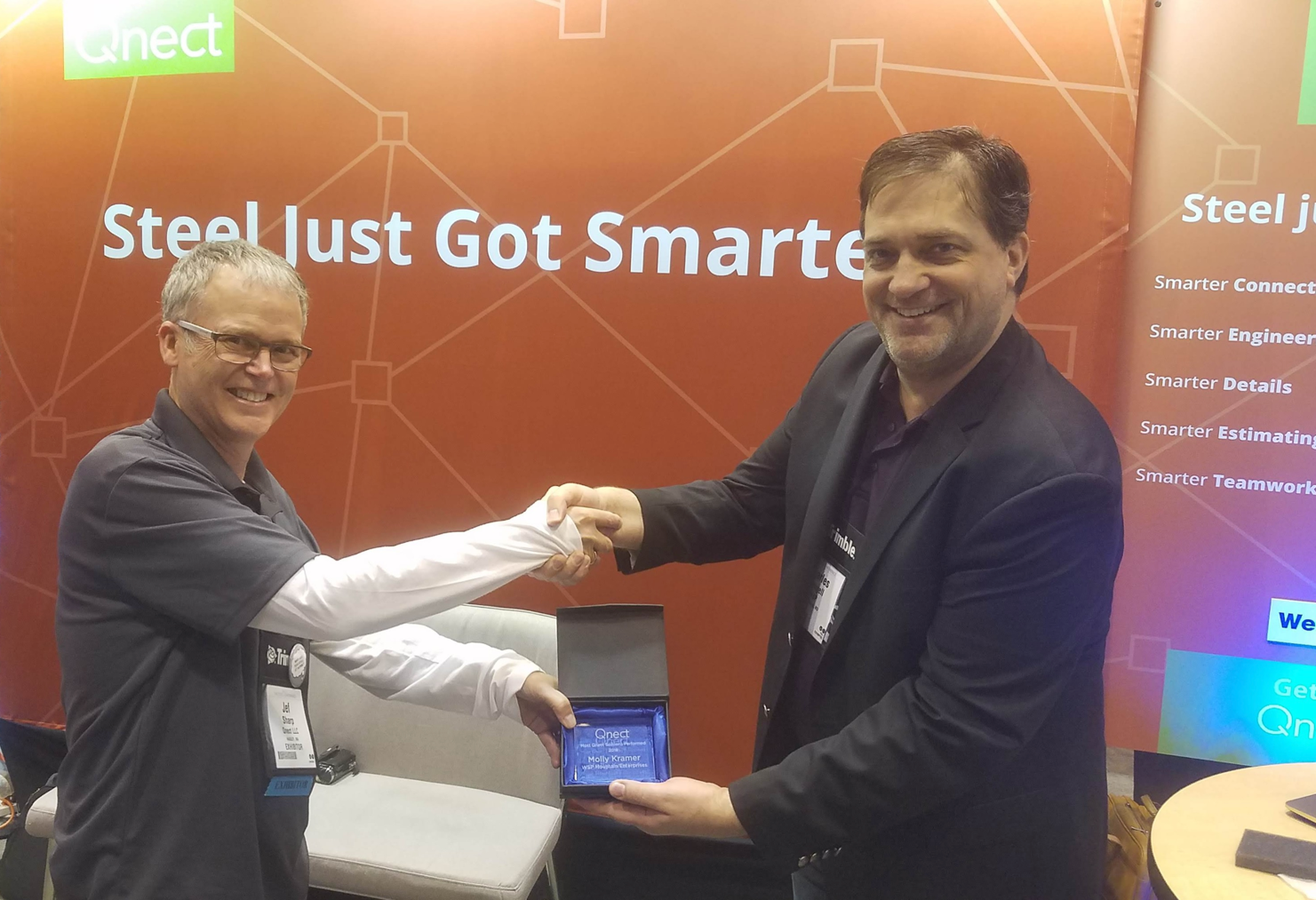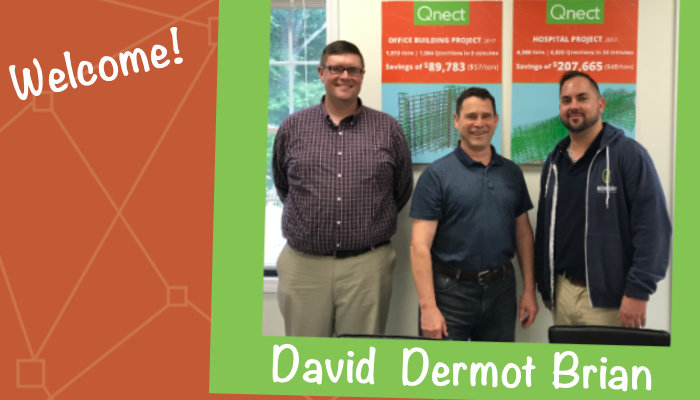Not Just Another "Welcome New Year" Post | Qnect
This is not just another “welcome to the new year” post. We say that with confidence because 2019 already looks good, even with the great 2018 Qnect...

We’ve recently released an e-book about “Model Preparation.”
Just a few months ago, we hosted a webinar on Best Practices. Part of that webinar covered Model Preparation as it pertains to BIM (Building Information Modeling) for structural steel fabricators, detailers, Engineers - both Connection Engineers and EORs (Engineer of Record). Most of the tips pertain to modeling in Tekla Structures; however, the information can be used in other programs such as Nemetschek’s SDS/2 and Autodesk’s Advance Steel and Revit. The webinar covered some great points. You can view the webinar here.
So going back to the question: Why an e-book? The people that attended the webinar live as well as those that watched the recorded version share very insightful comments. One consistent comment could be summed up as “This is valuable information. How can I share it with my team?” Several mentioned that their co-workers, even their subs, would not watch a video but would read an overview or summary.
We also considered several different ways to present this information. We considered using the original PowerPoint but adding comments. We considered a more engineering approach which would just be text and a few images. In the end, we came up with this e-book.
We shared this with our industry friends including structural engineers, EORs, steel detailers, BIM Project Managers, Estimators and owners of structural steel fabrication shops. The feedback: Thanks! We need this.
They all use some form of structural steel connection design software. Some are more focused on larger multi-ton projects such as hospitals, large office buildings and schools. Others focus on smaller tonnage projects. Steel joint details and steel joint design came up in a few of our conversations as did gravity connections, moment connections, wood joists to steel beams, steel beam to beam connection, steel beam to column and steel bracing.
Many of the subs and younger engineers and detailers are looking for examples. They want to see AISC connection design examples and steel moment frame design examples. Structural steel design calculations were a concern for a few.
It’s important that they understand that all connections designed using the Qnect innovative iterative process engineers each connection the most optimized way. Once preferences are set-up, the program then follows to match your exact requirements. Some more examples:
Framing Condition:
Available Connection Types:
Above Connection Types and Framing Conditions work with the following options:
You know that proper model preparation for fabrication can prevent unnecessary headaches and frustrations. Preparing the model right the first time, leads to a smooth project handoff and much more. So what are the secrets? How can I be sure that my model is ready for fabrication? In this e-book, we explain best practices for model preparation.
Access the Qnect app to enhance team collaboration and project efficiency. Sign in or create an account to manage communication and workflows with clarity and control.
.jpg)
This is not just another “welcome to the new year” post. We say that with confidence because 2019 already looks good, even with the great 2018 Qnect...

QNECT AWARDS WSP AND STRUCTURAL MODELING LLC Users Making Steel Smarter Qnect announced the winners of its 2018 User Awards earlier this month during

Qnect is excited to share with you some new names and faces on our team. If you’re a customer or just an interested follower, you know that we’ve...